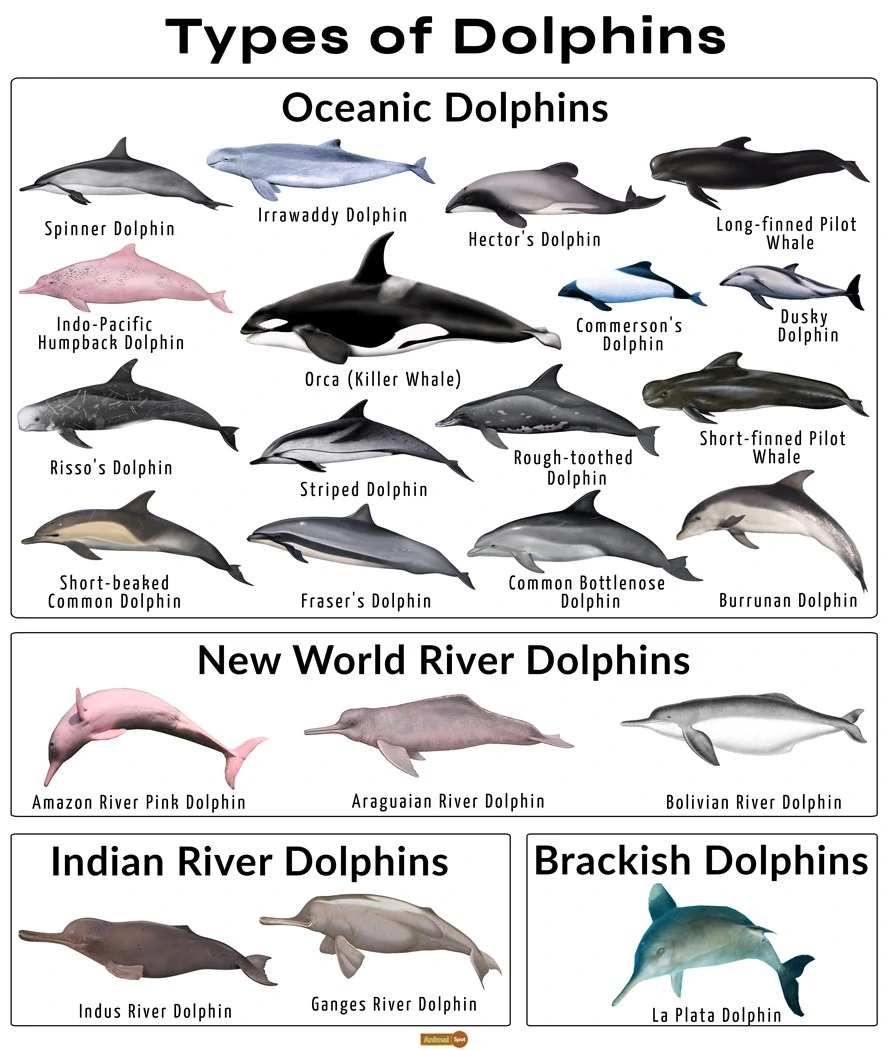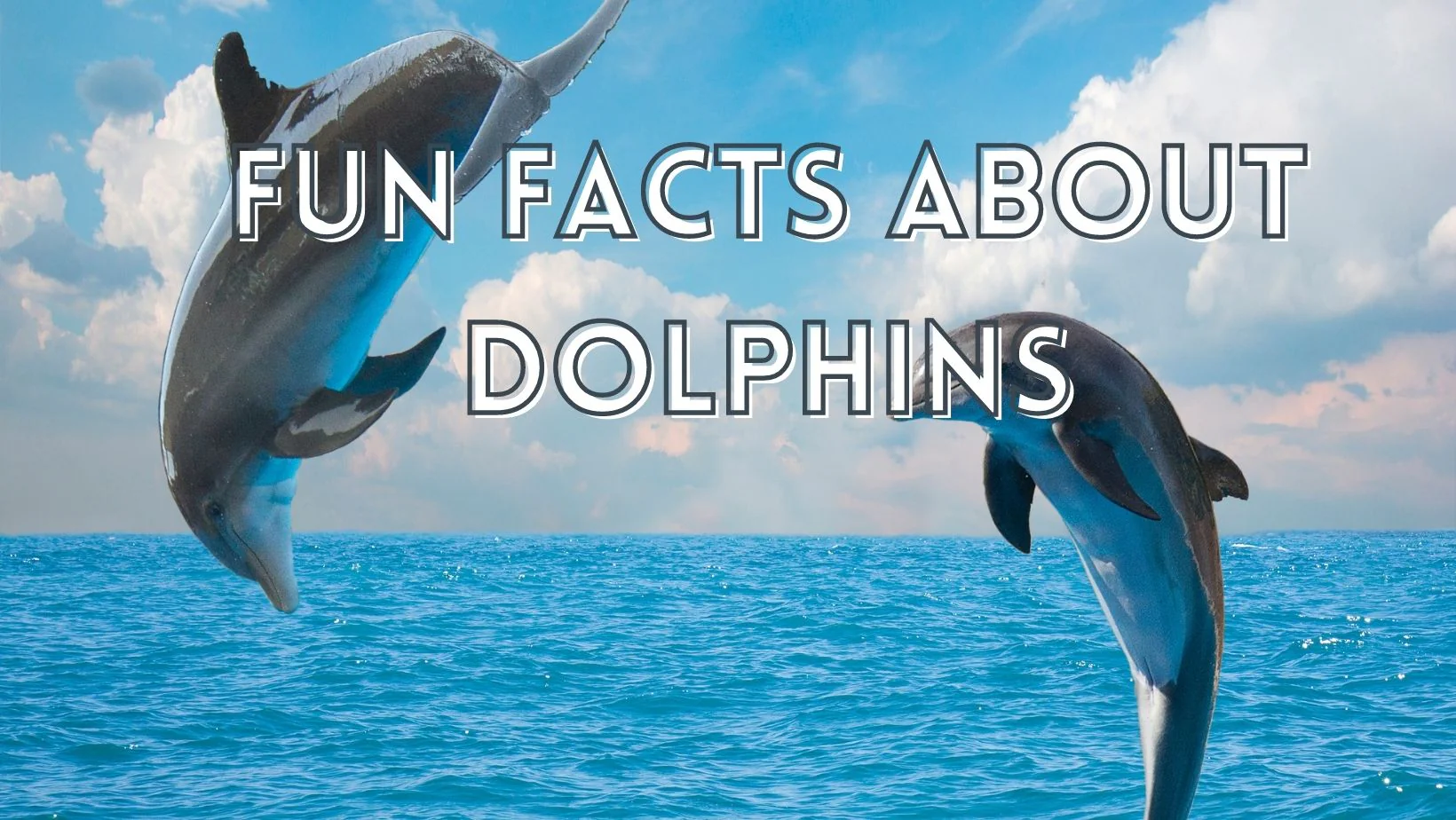Learn How Dolphin Facts Reveal Their Unique Social Structures
Learn How Dolphin Facts Reveal Their Unique Social Structures
Blog Article
Check Out the World of Dolphins: Surprising Truths About These Spirited Creatures
Dolphins, frequently popular for their spirited demeanor and social structures, show a variety of unusual habits that extend far past mere enjoyment. As we explore the intricacies of dolphin life, one need to think about the effects of these hazards and the steps needed to ensure their survival.
Social Structures of Dolphins
Although dolphins are commonly perceived as solitary animals, they in fact display facility social frameworks that play a vital role in their habits and survival. These frameworks are characterized by the development of groups referred to as hulls, which may include a few people to a number of loads, depending upon the types and environmental problems. Skins offer various features, consisting of foraging, social interaction, and defense versus killers.
Dolphins present a series of social behaviors, including cooperative hunting and nurturing of young. Within pods, individuals frequently form strong bonds, and partnerships can prolong past prompt household links. These social connections are essential for the exchange of understanding and abilities, specifically in searching techniques and navigating.
Furthermore, the social characteristics within sheaths can be influenced by elements such as age, sex, and reproductive status, leading to a hierarchy that determines interactions. Research shows that these social frameworks enhance the general fitness of dolphins, enhancing their opportunities of survival in a diverse variety of aquatic settings. Thus, recognizing the social structures of dolphins supplies beneficial understandings into their ecological roles and preservation requirements, highlighting the importance of protecting their natural habitats.
Communication Abilities and Techniques
Dolphins are renowned for their advanced communication skills, which play an essential function in their social interactions and sychronisation within skins. These marine creatures make use of an intricate system of articulations, body movement, and echolocation to communicate details and develop social bonds. Their vocal collection consists of clicks, whistles, and other audios that serve various features, from signifying visibility to collaborating team movements throughout searching.
One of one of the most intriguing facets of dolphin communication is using trademark whistles. Each dolphin develops an one-of-a-kind signature whistle, which operates in a similar way to a name, permitting individuals to determine and call each various other. This tailored interaction boosts social cohesion and assists in collaboration among skin participants.
Along with vocalizations, dolphins involve in non-verbal interaction via body activities, such as leaping, emerging, and posturing. These habits can reveal feelings, intentions, and also lively interactions. Echolocation, one more essential technique, permits dolphins to browse their environment and situate prey, more stressing their reliance on communication for survival.

Intelligence and Problem-Solving Abilities
Often concerned as among one of the most intelligent varieties in the animal kingdom, dolphins show impressive analytic capacities that highlight their cognitive expertise. Research study has regularly shown that these marine animals possess advanced cognitive skills, allowing them to browse complex social interactions and environmental difficulties.
Dolphins show the capability to gain from experience and adjust their habits as necessary. They can take part in tool use, such as utilizing marine sponges to secure their rostrums while foraging on the sea floor. This innovative habits mirrors an understanding of domino effect, a characteristic of high knowledge.
Moreover, dolphins stand out in cooperative problem-solving situations. my blog In numerous researches, they have actually showcased their capability to interact to achieve common goals, such as obtaining food or aiding injured buddies. Their capability to connect effectively throughout these tasks even more highlights their sophisticated social frameworks.

One-of-a-kind Hunting Strategies
Using a variety of special hunting methods, dolphins have actually adjusted their techniques to take full advantage of effectiveness and success in catching victim. Among one of the most noteworthy techniques is understood as "bubble web feeding." In this strategy, a team of dolphins develops a circular curtain of bubbles to corral fish into a limited sphere, making it easier for them to capture their dish. This cooperative habits showcases their knowledge and social structure.
One more reliable technique is "hair feeding," where dolphins go after fish onto mudflats or sandy coasts, enabling them to snatch their victim in shallow water. This technique requires specific timing and synergy, highlighting their capacity to communicate and work with with each other.
Dolphins also exhibit "kerplunk feeding," where they utilize a mix of rate and dexterity to leap out of the water and land back, developing a splash that confuses fish. This method not just aids in catching prey yet likewise demonstrates their remarkable physical capacities.
With these varied hunting methods, dolphins exemplify their versatility and ingenuity, ensuring their survival in different marine atmospheres. Their searching strategies are a testament to their environmental duty as knowledgeable killers in the sea.

Preservation Initiatives and obstacles
The impressive hunting approaches of dolphins highlight their flexibility in the face of environmental challenges. Overfishing, habitat damage, and contamination present serious risks to dolphin populaces worldwide.
In addition, marine pollution, particularly plastic waste and chemicals, contaminates their environments and food sources, leading to serious wellness concerns. Entanglement in fishing gear and bycatch further aggravate the decline of dolphin populaces, as lots of are mistakenly caught and killed.
Preservation initiatives are underway to reduce these obstacles. Organizations are working to establish marine protected areas, enforce sustainable fishing practices, and see here increase public understanding concerning the plight of dolphins. Furthermore, study initiatives intend to check dolphin populations and their habitats, giving data crucial for reliable preservation strategies.
Ultimately, a collective approach including governments, NGOs, and neighborhood neighborhoods is vital for ensuring the long-lasting survival of dolphins. Protecting these intelligent and lively animals requires resolving the diverse hazards they encounter in their ever-changing environment.
Final Thought
Ensuring the conservation of dolphin populations requires concerted initiatives to resolve these risks, thus safeguarding not just the species themselves however likewise the elaborate environments they occupy. The study of dolphins proceeds to reveal insights into their intricate habits and eco-friendly value.
Although dolphins are commonly perceived as solitary creatures, they actually exhibit facility social structures that play an important role in their behavior and survival. Research study indicates that these social frameworks enhance the general fitness of dolphins, enhancing their chances of survival in a diverse range of marine environments. Hence, recognizing the social frameworks of dolphins offers valuable insights right into their ecological roles and preservation requirements, highlighting the importance of preserving their natural habitats.
Employing a variety of special hunting techniques, dolphins have adjusted their strategies to maximize efficiency and success in catching prey.The excellent hunting strategies of dolphins highlight their flexibility in the face of environmental difficulties.
Report this page